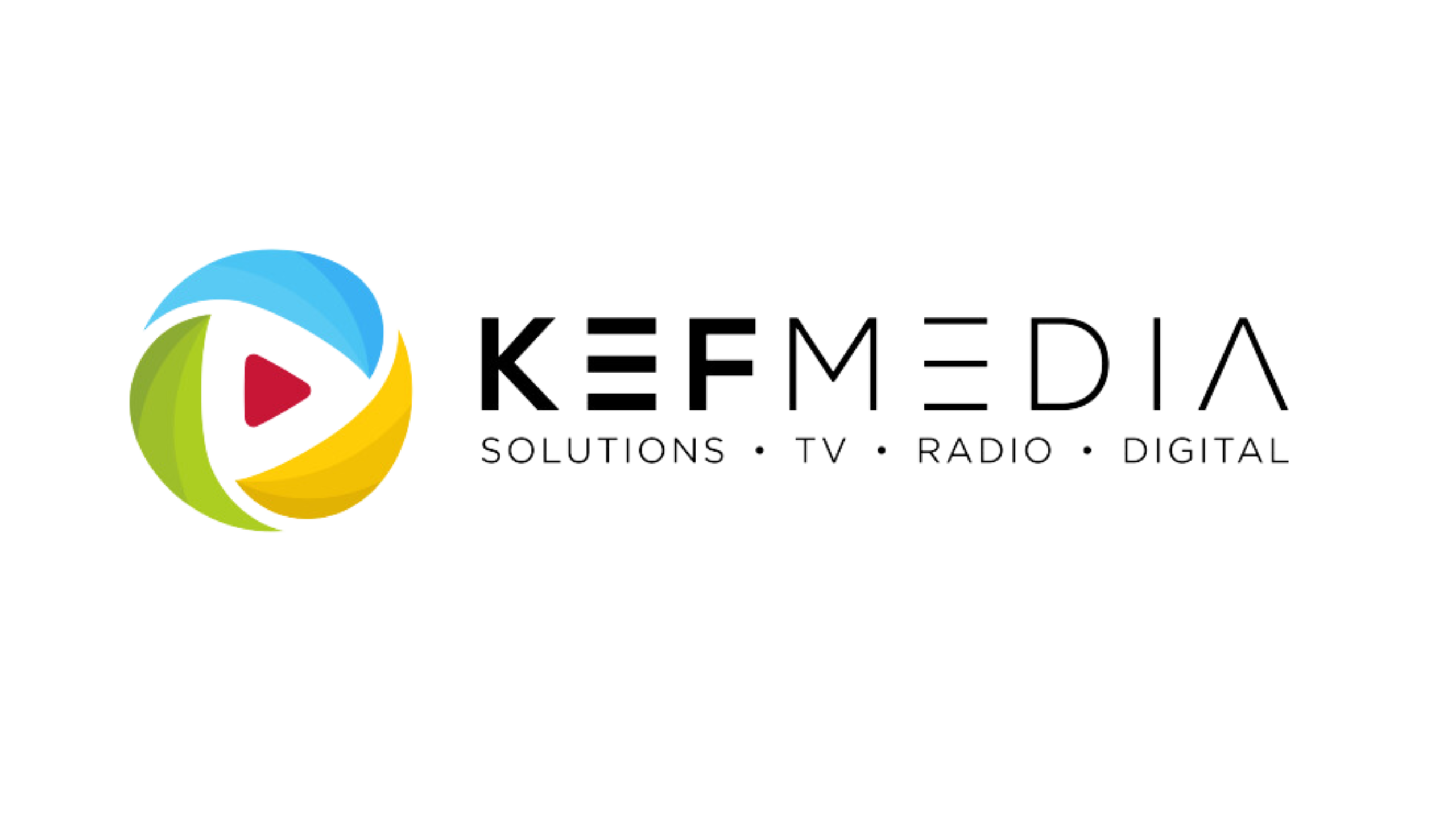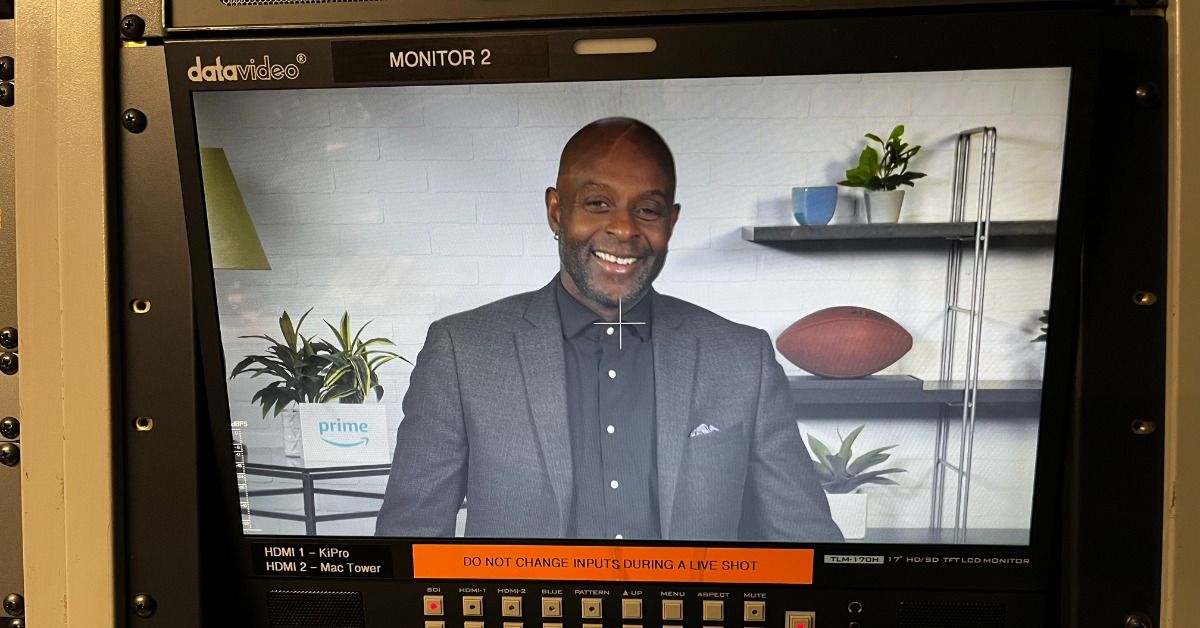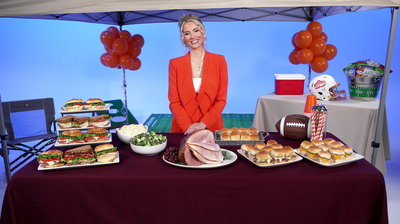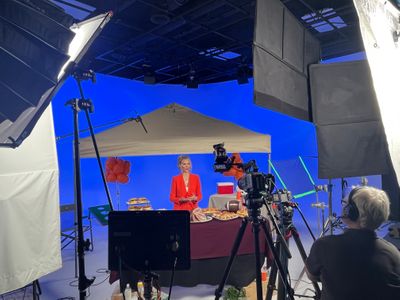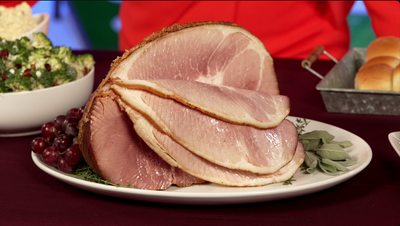It’s time to put on your team colors, get the tailgate ready, schedule the watch party and even partake in some friendly competitive banter with your rivals. Football season is here — the time of year that holds so much meaning for American culture and so many opportunities for brands to grow. Imagine reaching nearly 17 million people with your brand message in one night — that was the average television viewership for an NFL game in the 2022/2023 season. With all those eyes on the ball this season, KEF Media can help you capitalize so that viewers will walk away thinking about your brand and not just their team’s ranking.
KEF Media has been ahead of the game already this season. We produced a Satellite Media Tour for The Honey Baked Ham Company with ESPN host and reporter Laura Rutledge as spokesperson. Our team brought the outdoors inside the studio to show fans the essentials to host a stellar tailgate for all those hungry football enthusiasts.
Laura was booked to do short segments or interviews with more than 25 media outlets during a few hours. She had fun, shared tips and most importantly, gave our client the brand visibility they desired.
